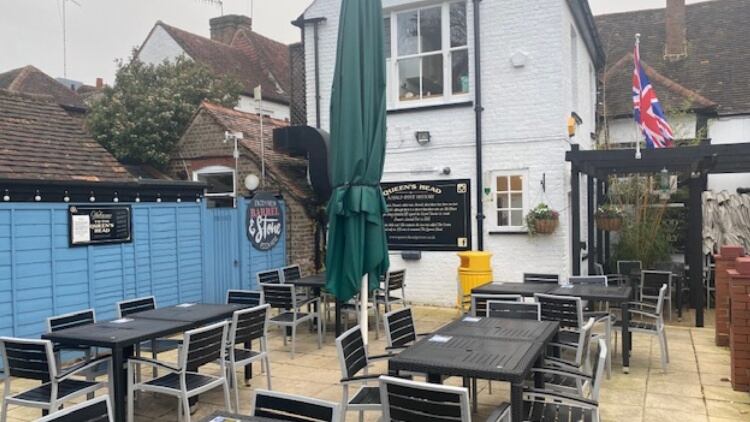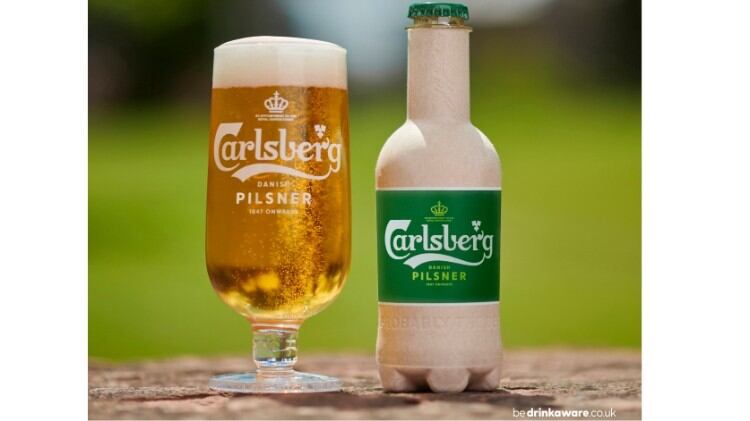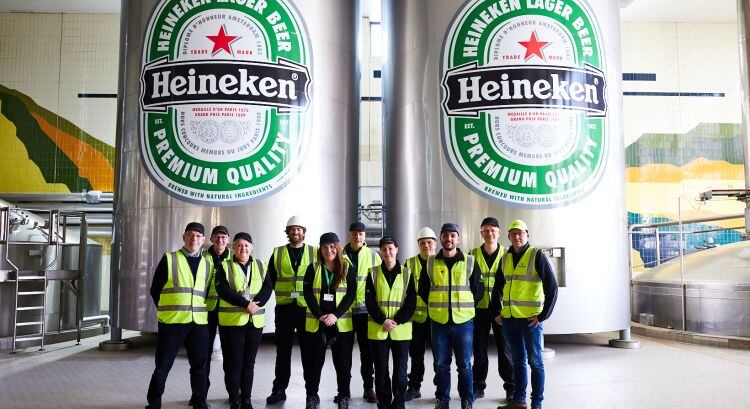Finance experts RIFT analysed data from the Food Standards Agency and Open Data to uncover the change in the number of pubs across England, Scotland and Wales from 2020 to 2022.
Harrogate is the local authority area that has seen the highest number of closures in the period and now has 69 fewer pubs (down 35.8%).
A number of areas didn’t seen any change including Cambridge, Chorley, Lancashire; Colchester, Essex; Coventry; Crawley, West Sussex; and Preston, Lancashire.
Meanwhile, there were also a number of areas which saw a rise in the number pubs. County Durham saw the biggest increase (a 5.7% rise) to 686, followed by South Ribble in Lancashire – up to 80 (73.9% increase), as well as Reigate and Banstead in Surrey where there were 31 more pubs (up 44.9%), taking its total to 100.
For regions, London saw the biggest fall in the number of pubs, down 0.8% to 4,333 while Scotland saw 20 closures, meaning it has 3,723 pubs (down 0.5%).
Region breakdown
10 local authority areas where the number of pubs have fallen most from 2020 to 2022:
Harrogate (down 69)
Liverpool (down 36)
Cheshire West and Chester (down 26)
Fenland (down 18)
Camden (down 18)
Salford (down 17)
Stratford-on-Avon (down 17)
South Hams (down 15)
South Ayrshire (down 15)
The south west had a 0.3% decline to 5,086 while the east of England also had 0.2% fewer pubs and was down to 4,444.
However, Yorkshire and the Humber was up 0.2% to 5,242 while Wales also saw a rise of 0.6% to 3,453.
The north east had 2.6% more pubs in 2022 than in 2020 (to 2,731) and the north west was up by 1.2% to 5,915.
There are more pubs in the south east than any other region (7,099) according to the data, which this number was 1.1% in the two year period.
While the east midlands was also up 2.5% to 4,410 and the West Midlands had 2.4% more pubs, taking it to a total of 4,895.
This followed figures released earlier this year (April) from real estate experts Altus Group, which found more than 150 pubs vanished from England and Wales during the first three months of 2023.
However, RIFT stated the alcohol tax freeze, announced in August 2020, has helped pub numbers remain largely static over the past two years, increasing by 164 across the nation.
Good indicator
The closures could worsen when the alcohol tax changes come into force next month (1 August), the finance specialists warned.
RIFT managing director Bradley Post said: “As a nation of pub lovers, we often measure economic ups and downs by the patronage we give our public houses and the rate at which they open or close.
“Pubs provide a good indicator of how freely the public is spending money and whether or not they feel wealthy enough to splash the case on the relative luxury of social drinking.
“It’s no surprise therefore, to see the number of establishments falling across large swathes of Britain in the past two years firstly due to Covid and then the current economic troubles stemming from the likes of the mini Budget and Russia’s invasion of Ukraine.
“That’s why it is particularly concerning to think a further hike in alcohol tax is on its way in August when the current freeze thaws.
“The Government might think increasing the tax will help lift the nation’s economic burden but it also risks pushing even more people away from the pub, destroying small businesses and further damaging our local economics.
“Perhaps a better idea would be to reduce the taxes and allow pubs to draw more people in, spending more money and helping the economy tick along at a greater speed.”





